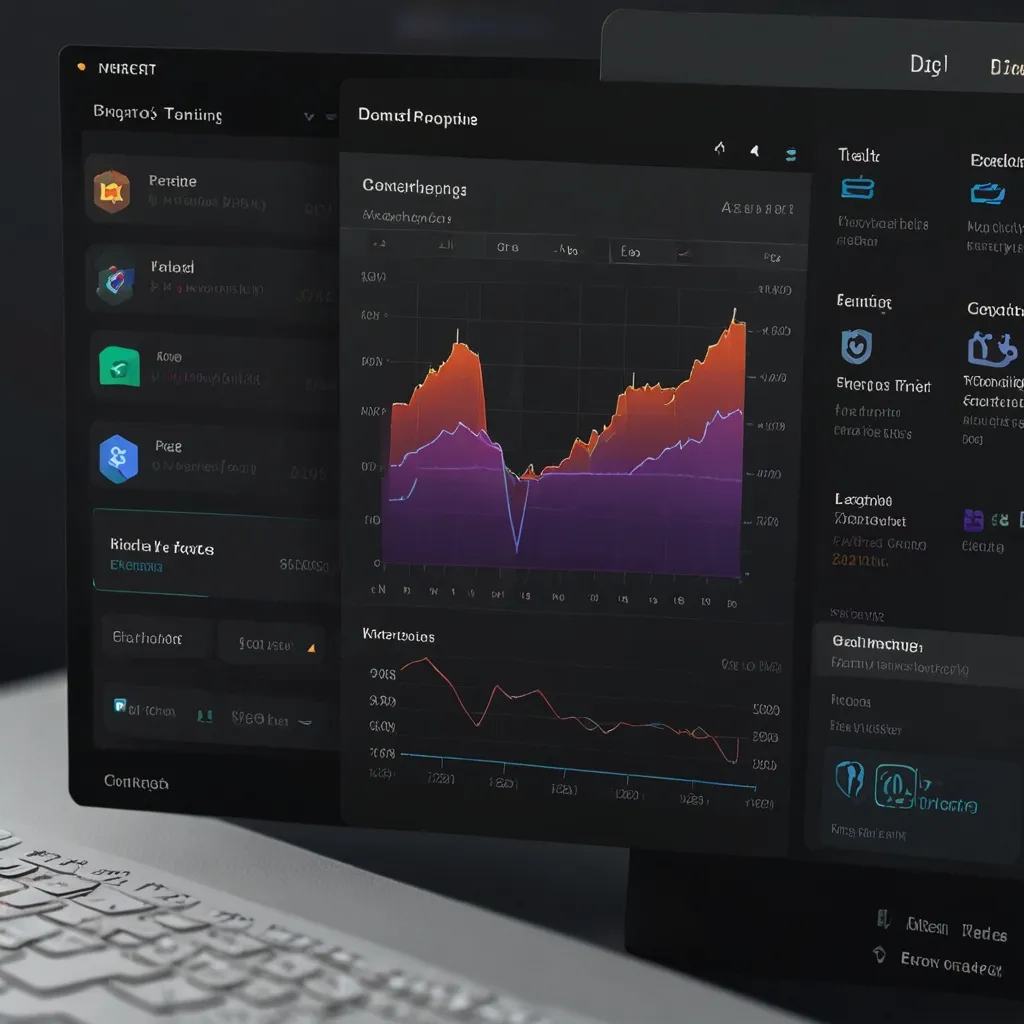State management in JavaScript applications has evolved significantly over the years. I’ve worked with various patterns and frameworks, each offering unique approaches to handling application state effectively.
Local state management remains the foundation of component-based architecture. When working with React components, useState provides a straightforward way to manage component-specific data:
function Counter() {
const [count, setCount] = useState(0);
return (
<div>
<p>Count: {count}</p>
<button onClick={() => setCount(count + 1)}>Increment</button>
</div>
);
}
For larger applications, Redux implements a predictable state container through a single store. The pattern follows a strict unidirectional data flow:
// Action Types
const INCREMENT = 'INCREMENT';
const DECREMENT = 'DECREMENT';
// Reducer
const counterReducer = (state = { count: 0 }, action) => {
switch (action.type) {
case INCREMENT:
return { count: state.count + 1 };
case DECREMENT:
return { count: state.count - 1 };
default:
return state;
}
};
// Store
const store = createStore(counterReducer);
MobX offers a more flexible approach with reactive state management. It automatically tracks dependencies and updates components when observed values change:
class Store {
@observable count = 0;
@action
increment() {
this.count++;
}
@action
decrement() {
this.count--;
}
}
const store = new Store();
@observer
class Counter extends React.Component {
render() {
return (
<div>
<p>{store.count}</p>
<button onClick={() => store.increment()}>+</button>
</div>
);
}
}
React’s Context API provides a built-in solution for sharing state across components:
const CountContext = React.createContext();
function CountProvider({ children }) {
const [count, setCount] = useState(0);
return (
<CountContext.Provider value={{ count, setCount }}>
{children}
</CountContext.Provider>
);
}
function Counter() {
const { count, setCount } = useContext(CountContext);
return <button onClick={() => setCount(count + 1)}>{count}</button>;
}
Zustand simplifies state management with a minimalist approach:
import create from 'zustand';
const useStore = create((set) => ({
count: 0,
increment: () => set((state) => ({ count: state.count + 1 })),
decrement: () => set((state) => ({ count: state.count - 1 })),
reset: () => set({ count: 0 })
}));
function App() {
const { count, increment } = useStore();
return <button onClick={increment}>{count}</button>;
}
For real-world applications, combining these patterns can be effective. I often use local state for UI-specific data, while leveraging global state management for shared application data:
function TodoApp() {
// Local state for UI
const [isEditing, setIsEditing] = useState(false);
// Global state for shared data
const todos = useStore(state => state.todos);
const addTodo = useStore(state => state.addTodo);
return (
<div>
<TodoList todos={todos} />
<AddTodoForm onSubmit={addTodo} />
</div>
);
}
Performance optimization becomes crucial as applications grow. implementing memoization and selective rendering:
const MemoizedTodoList = React.memo(function TodoList({ todos }) {
return (
<ul>
{todos.map(todo => (
<TodoItem key={todo.id} {...todo} />
))}
</ul>
);
});
Handling asynchronous state changes requires careful consideration. Here’s a pattern I use for managing loading states:
const useAsync = (asyncFunction) => {
const [state, setState] = useState({
data: null,
loading: true,
error: null
});
useEffect(() => {
const fetchData = async () => {
try {
const result = await asyncFunction();
setState({ data: result, loading: false, error: null });
} catch (error) {
setState({ data: null, loading: false, error });
}
};
fetchData();
}, [asyncFunction]);
return state;
};
For complex forms, combining state management with form validation:
const useForm = (initialState) => {
const [values, setValues] = useState(initialState);
const [errors, setErrors] = useState({});
const validate = (fieldName, value) => {
// Validation logic
return value ? '' : `${fieldName} is required`;
};
const handleChange = (e) => {
const { name, value } = e.target;
setValues(prev => ({ ...prev, [name]: value }));
setErrors(prev => ({
...prev,
[name]: validate(name, value)
}));
};
return { values, errors, handleChange };
};
Implementing middleware for side effects:
const createMiddleware = store => next => action => {
// Pre-process action
console.log('Dispatching:', action);
const result = next(action);
// Post-process state
console.log('New State:', store.getState());
return result;
};
State persistence and rehydration:
const persistState = (key, state) => {
try {
localStorage.setItem(key, JSON.stringify(state));
} catch (err) {
console.error('Error saving state:', err);
}
};
const loadState = (key) => {
try {
const serializedState = localStorage.getItem(key);
return serializedState ? JSON.parse(serializedState) : undefined;
} catch (err) {
return undefined;
}
};
Implementing computed values:
function useComputed(fn, dependencies) {
const [value, setValue] = useState(() => fn());
useEffect(() => {
setValue(fn());
}, dependencies);
return value;
}
State management patterns continue to evolve with new frameworks and approaches emerging regularly. The key is selecting the right pattern based on application requirements, team expertise, and scalability needs.
These patterns form the foundation of modern JavaScript applications, enabling developers to build maintainable and scalable solutions. The choice between them often depends on specific use cases and requirements.






